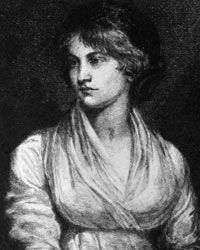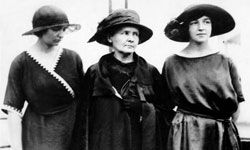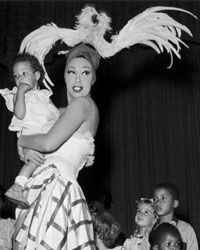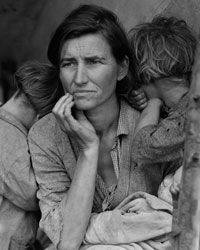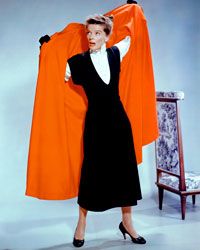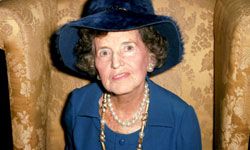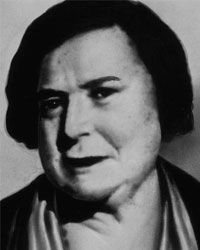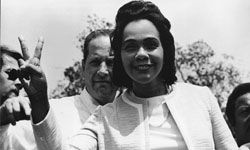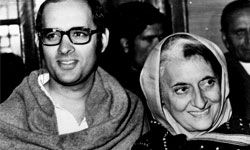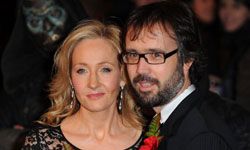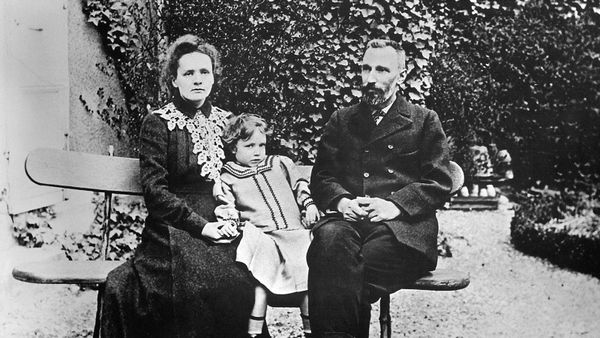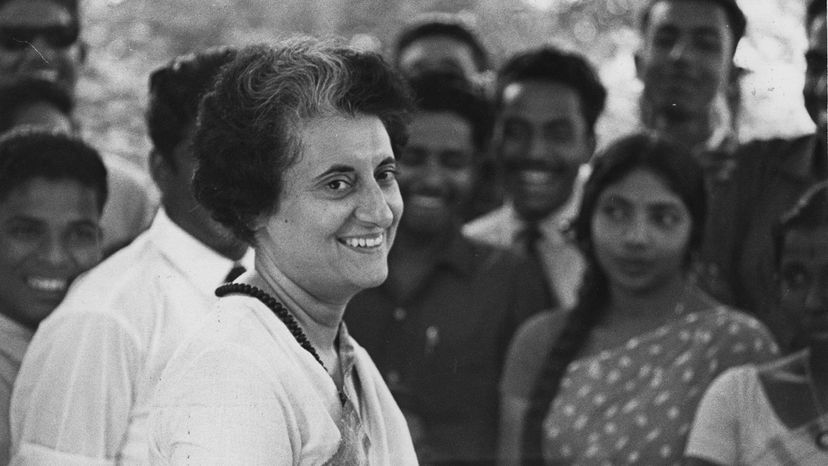
Flowers are some of the most commonly purchased items in the United States on the second Sunday in May. Indeed, Mother's Day is like the Black Friday of the floral industry -- about 30 percent of American adults bought blooms to celebrate the day according to the Society of American Florists. It's also the most popular day of the year for folks to dine at restaurants [source: National Restaurant Association]. But oddly enough, the woman responsible for ushering Mother's Day into existence likely wouldn't approve of such extravagant spending.
Anna Jarvis organized the first Mother's Day celebration on May 10, 1908, in Grafton, W. V., to encourage families to honor their mommies dearest with simple, at-home gatherings. When the holiday quickly attracted commercial attention in the following years, Jarvis became incensed. Neither a wife nor mother herself, Jarvis vocally -- and unsuccessfully -- protested Mother's Day-related charity events and floral and candy sales. To her, the cultural rituals that became associated with the holiday detracted from her initial vision for humble displays of gratitude toward mothers and grandmothers.
Advertisement
But considering the incredible accomplishments that mothers, including the following 10 famous women, have made inside and outside the home, it's hard to resist going all out for mom at least one day a year.
